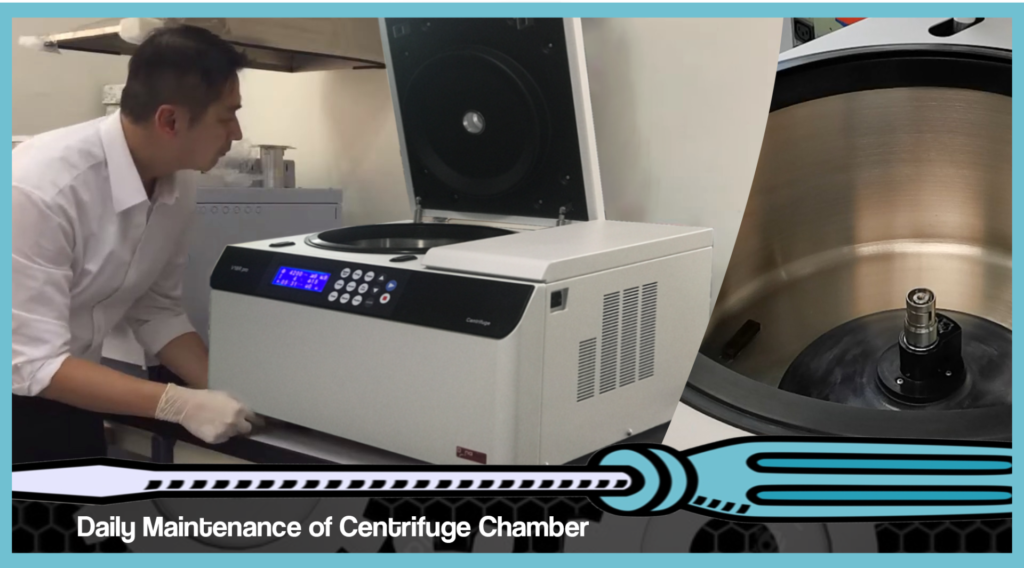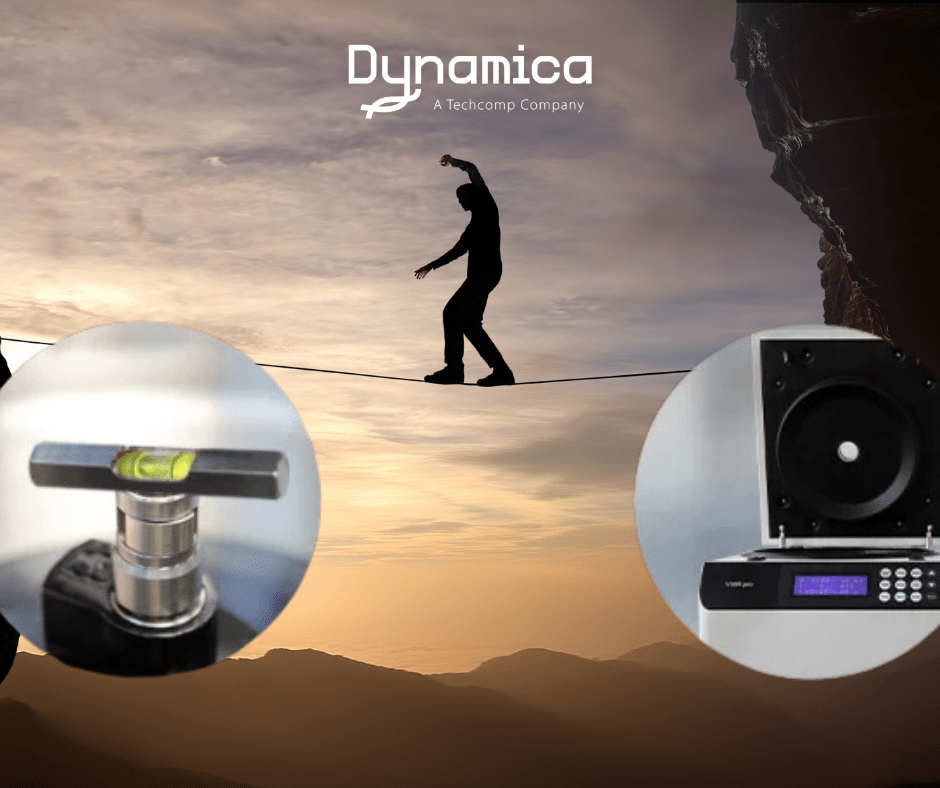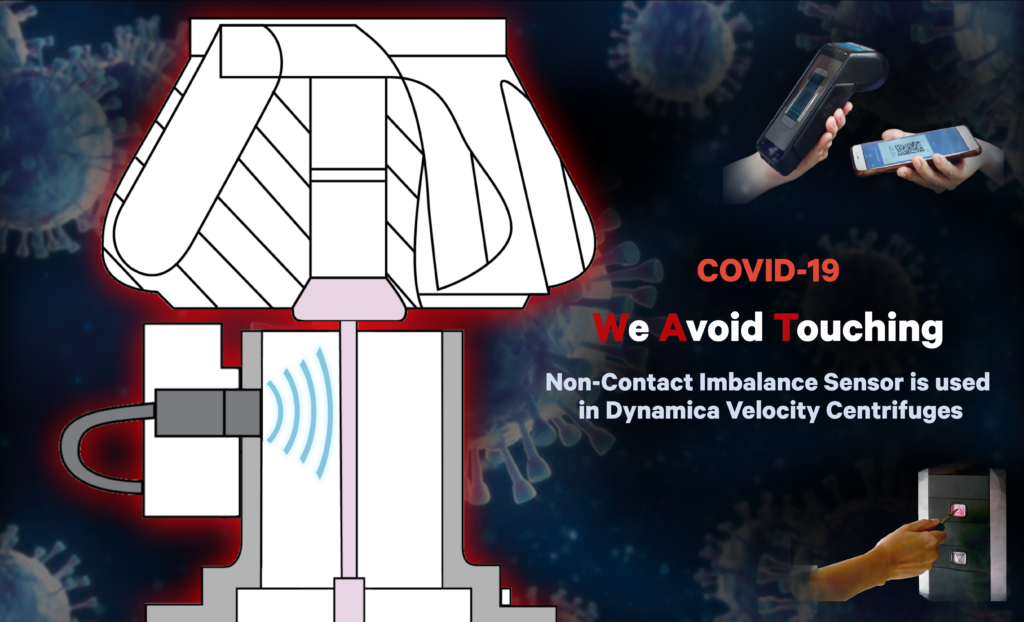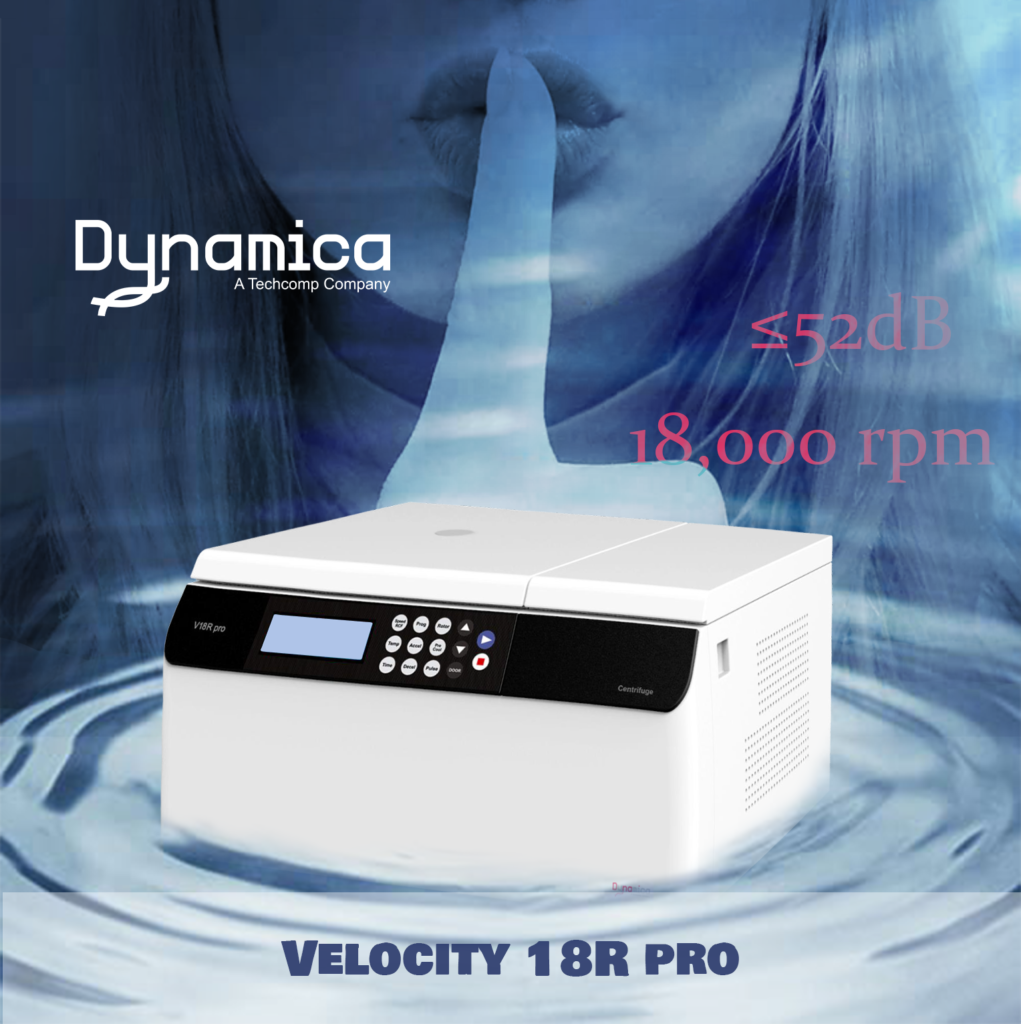
Daily Maintenance of Centrifuge Chamber
Maintaining your Dynamica centrifuge: Cleaning the rotor chamber is important to ensure your Dynamica centrifuge is both long-lasting and efficient! Keep your samples spinning with these top tips on how

Maintaining your Dynamica centrifuge: Cleaning the rotor chamber is important to ensure your Dynamica centrifuge is both long-lasting and efficient! Keep your samples spinning with these top tips on how

Ease of use is always in mind of us when designing the centrifuge. Comparing with the traditional way of operation, Dynamica Centrifuges do not need to screw the rotor onto

SeeingIsBelieving In centrifuge case, seeing is believing might not be that proper in most of the cases. Most of the technicians are still weighting two tubes so as to avoid

Installation of Dynamica High Speed Centrifuge is easy. You may watch the video clip that shows you a comprehensive guide on the install the Dynamica Velocity 18R Pro on the

Due to the COVID-19 issue, there are more Non-Contact devices such as lift buttons, electronic payments as people try to avoid virus infection by reducing touch. Do you know Dynamica

Even at full speed up to 18,000 rpm, the Dynamica Velocity 18R pro is still running quietly below 58 dB. Thanks to the low noise fan and noise cancellation technology,

With the FA12B rotor, your productivity is double as it can take up to 48×1.5/2ml microtubes in single spin. Your throughput will be higher at your convenience. FA12B is designed for